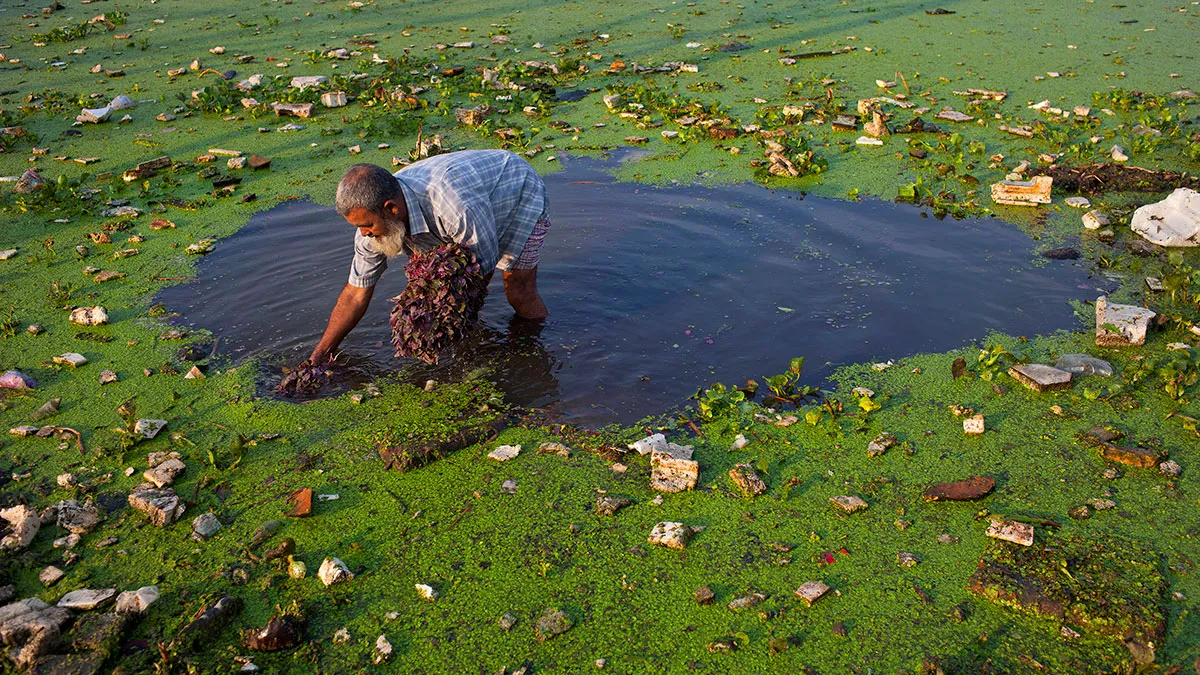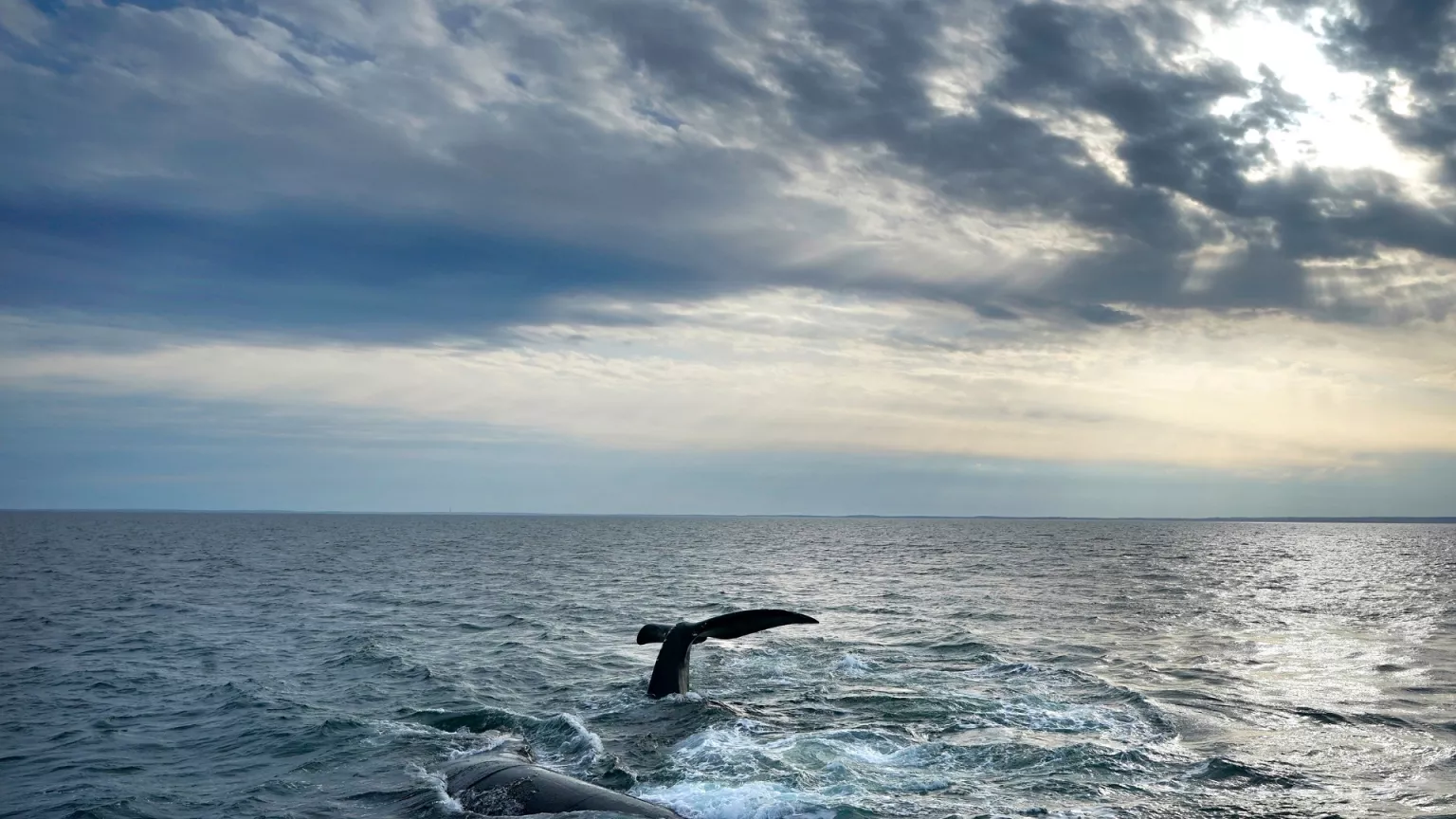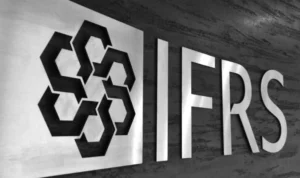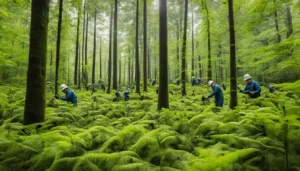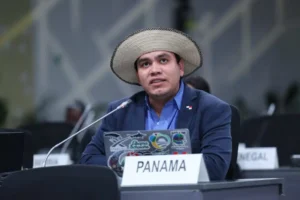Ørsted, the global leader in offshore wind energy, has unveiled a groundbreaking new installation method for offshore wind foundations that significantly reduces noise levels. This innovative approach, successfully tested in Germany, represents a major advancement in offshore wind technology, offering substantial benefits for marine life and the environment.
Innovative Installation at Gode Wind 3
The new technology was put to the test at the Gode Wind 3 offshore wind farm in Germany. Ørsted used a patented jetting technology on three monopile foundations, which reduces the resistance of the surrounding sandy soil and allows the foundation to sink into the seabed without the need for conventional pile driving. This method has achieved a remarkable reduction in underwater noise levels—by 34 decibels compared to the traditional installation method, cutting noise by over 99% to just above ambient levels in the German Bight.
Enhanced Marine Protections
Ørsted has long been a pioneer in implementing protective measures for marine life during offshore wind farm construction. Traditional methods include limiting the duration, intensity, or extent of construction activities and using bubble curtains or other noise barriers. This new installation method takes marine protection a step further, significantly reducing potential impacts from construction activities and allowing for more cost-effective and efficient installations.
Implications for the Offshore Wind Industry
Patrick Harnett, Ørsted’s Executive Vice President and Chief Operating Officer, highlighted the transformative potential of this new technology: “This new technology is a potential game changer for how we build offshore wind. Once industrialized, it could not only be cheaper, faster, and far quieter—without additional mitigation—than any other monopile installation technology, it also has the potential to make next-generation foundations lighter as they won’t need to be designed for the conventional installation process.”
The successful application of jetting technology marks a significant milestone for the offshore wind industry, being the first time this method has been used for full-size monopile foundations. Ørsted collaborated with the Jan De Nul Group and their installation vessel Les Alizés, as well as contractor Aarsleff, to develop and test this technology.
Future Prospects and Continued Innovation
Ørsted is now exploring how to integrate this technology into future projects, including its feasibility in more complex ground conditions than those found at Gode Wind 3. Further regulatory approvals will be needed before it can be rolled out globally.
This innovative approach aligns with Ørsted’s commitment to harness cutting-edge technology to advance renewable energy. The company’s in-house R&D capabilities, supported by partnerships with over 50 universities and research institutes, play a crucial role in bringing the best ideas from the lab to the field. Recent advancements include the deployment of an autonomous vessel for offshore surveying and testing large drones for cargo transport to offshore wind turbines.
Ørsted’s new lower-noise installation method for offshore wind foundations represents a significant leap forward in sustainable energy technology. By dramatically reducing noise levels during foundation installation, Ørsted is setting new standards for environmental protection while paving the way for more efficient and cost-effective offshore wind projects. As this technology is refined and implemented on a larger scale, it promises to enhance the sustainability and viability of offshore wind energy, contributing to a greener future.


